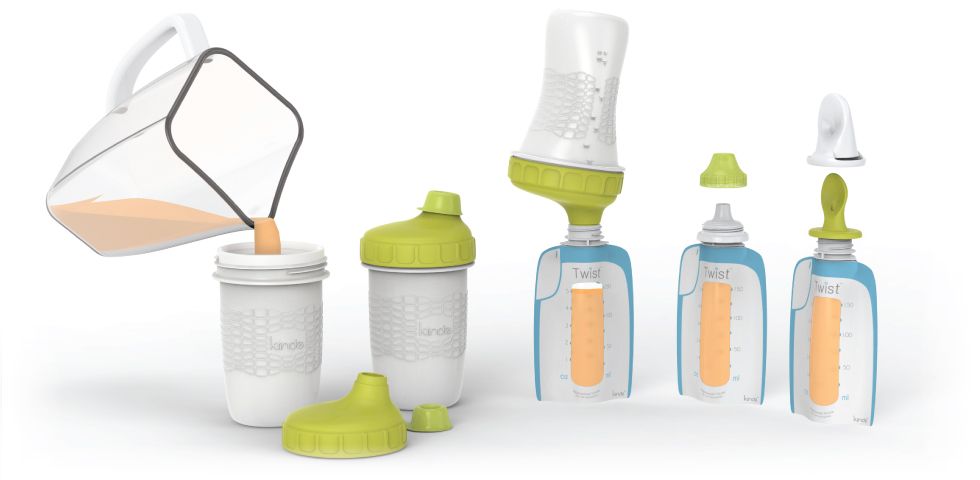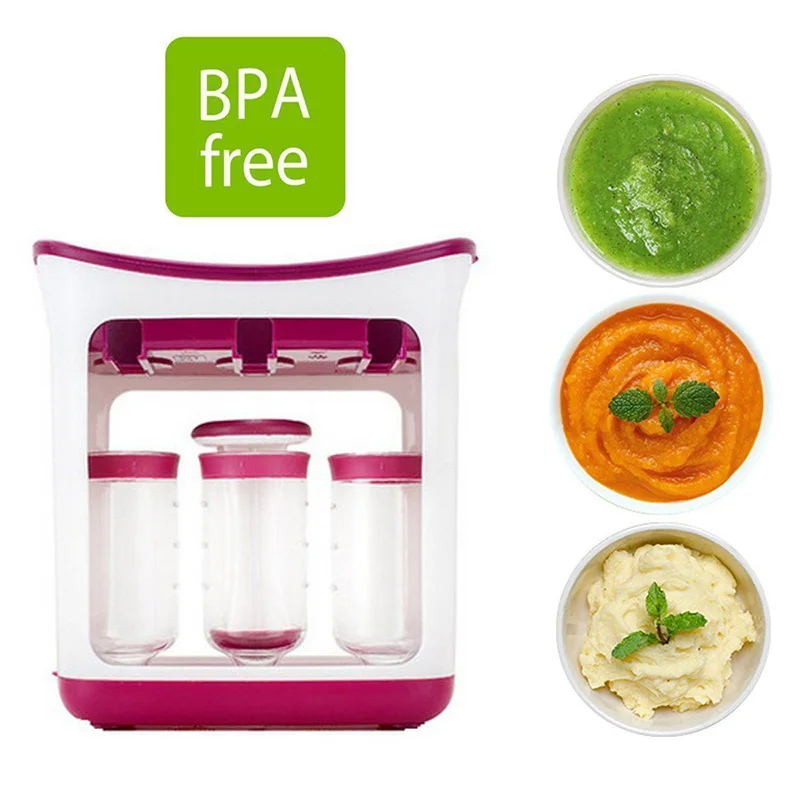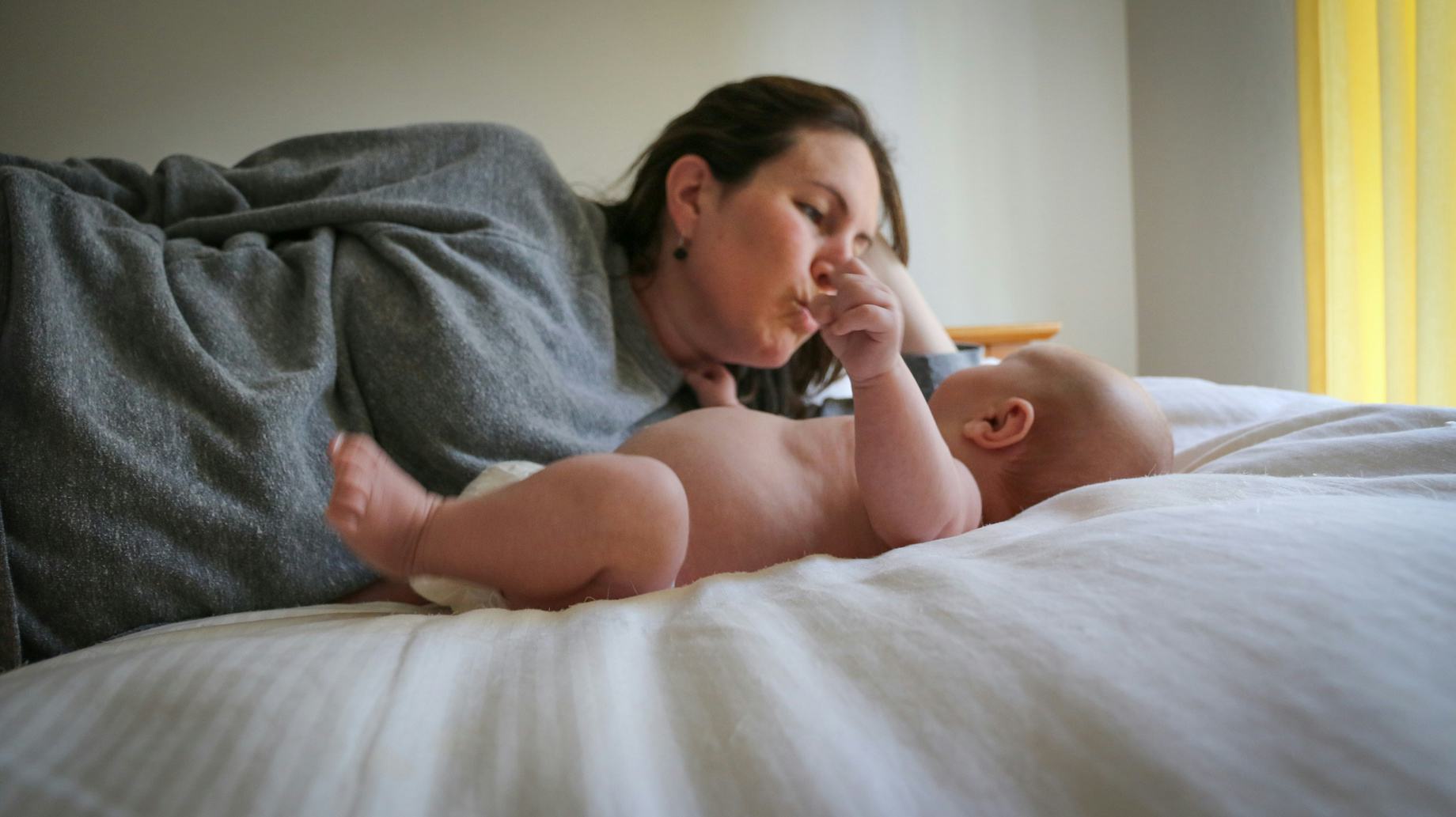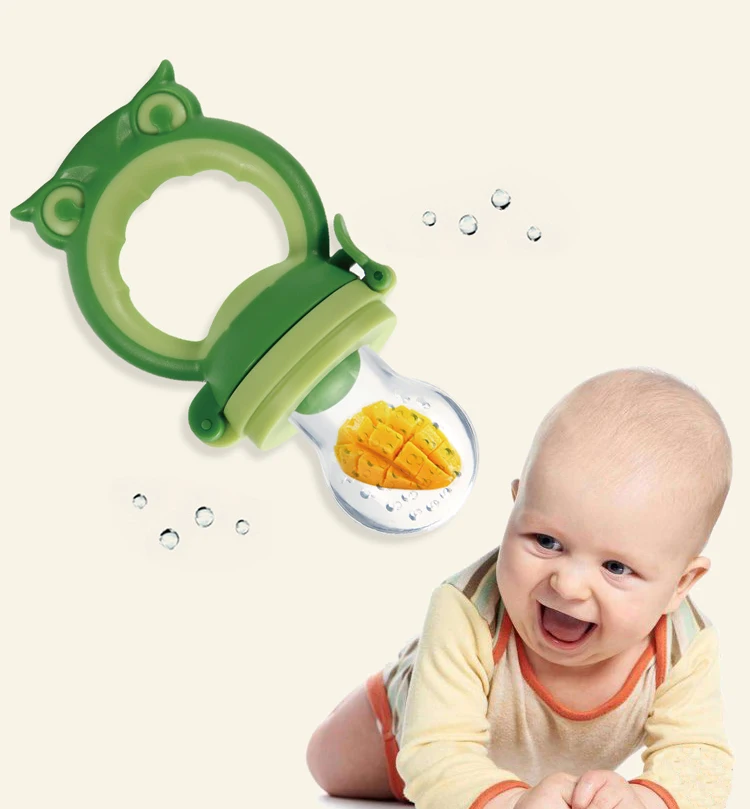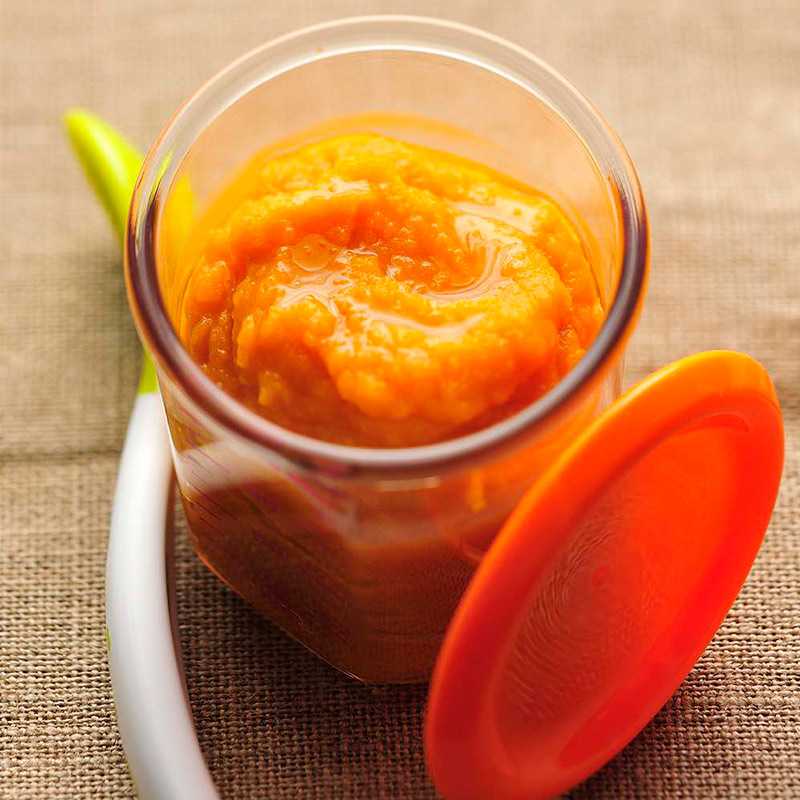Storing pureed baby food
Storing Baby Food | Happy Baby Organics
AndieM.Ed., RD, LDN, CLC, RYT-200
Read time: 6 minutes
How to store homemade baby food and store-bought pureed foods
How to thaw and re-heat pureed baby food
How to help prevent bacterial contamination of baby foods
Whether you buy baby food at the market or make it from scratch, it’s important to know how to store, prepare, and reheat your baby’s food correctly and safely. Store-bought baby food usually comes in a glass jar, plastic container, or pouch and usually does not require refrigeration or freezing before opening. These foods are manufactured to be shelf-stable, like any other pantry item (think beans, soups, or condiments). They can typically stay fresh on the shelf for 1 to 2 years, but always check expiration dates carefully.1
Baby food storage guidelines: 2Pureed store-bought baby vegetables and fruits can stay in the refrigerator for up to 48 to 72 hours and in the freezer for 6 to 8 months.
Pureed store-bought meat, poultry, or fish can be refrigerated for 24 hours after cooking and frozen for 1 to 2 months.
Homemade baby foods will keep for 24 to 48 hours in the refrigerator and for 1 to 2 months in the freezer.
Be sure to refrigerate freshly cooked baby food within 2 hours as bacteria will start to grow at room temperature after those 2 hours are up. Note that your refrigerator should be kept at, or below, 40 degrees F. Any warmer and illness-causing bacteria can thrive and quickly multiply.3
Want some tips on feeding your little one or on making baby food? The Happy Baby Experts are infant feeding specialists and here to help (for free!) with questions about starting solids and picky eating, as well as formula and breastfeeding. Chat now!
Can I feed baby directly from the jar or pouch?
If you feed your little one directly from the jar or pouch, all leftovers must be thrown out after the meal. Saliva from baby’s mouth gets back into the jar or pouch via the spoon, this introduces bacteria that can quickly multiply and contaminate the food. If you know baby won’t finish it all, spoon a serving in a separate bowl and feed from that. Then you can refrigerate the jar or pouch of remaining food for an upcoming meal!4
Saliva from baby’s mouth gets back into the jar or pouch via the spoon, this introduces bacteria that can quickly multiply and contaminate the food. If you know baby won’t finish it all, spoon a serving in a separate bowl and feed from that. Then you can refrigerate the jar or pouch of remaining food for an upcoming meal!4
For more information, read: How Can I Make my own Pureed Baby Food?
How to warm refrigerated or shelf-stable foods and thaw frozen foods:Microwave: Warm up store-bought food directly in its glass jar or transfer the food – including previously frozen purees – into a separate glass bowl (never heat up pureed food in a plastic container or pouch). Reduce the microwave to 50% power (or use the defrost feature) and then warm the puree in 15 second increments. 4 Check and stir the food thoroughly each time to ensure even heating and to eliminate any heat pockets that may burn your baby’s mouth.
Stovetop: Warm your baby’s store-bought food or thaw frozen baby food on the stovetop by placing the food in a small saucepan and warming on low heat until the puree is the same consistency and no longer frozen.
 To preserve the nutrients, heat only as much as is necessary.
To preserve the nutrients, heat only as much as is necessary.Submersion Method: Thaw frozen baby food by placing the pureed cubes in a plastic bag and then inside a bowl filled with hot or warm water. This method allows for even warming but does take a little longer – figure about 10-20 minutes for the food to thaw fully. 5 Many parents also use the submersion method to thaw frozen breastmilk.
Refrigerator: Thaw frozen baby food simply by transferring it to the refrigerator. 5 This process will take 4-12 hours so plan ahead (transferring the food the night before it’s needed to allow thawing overnight is a good rule of thumb). Homemade frozen baby food that’s been thawed can safely stay in the refrigerator for up to 48 hours. Be sure to keep thawed baby food in a sealed container to avoid contamination.
DO NOT let baby food thaw for long periods of time on the counter at room temperature. This will allow bacteria to grow.
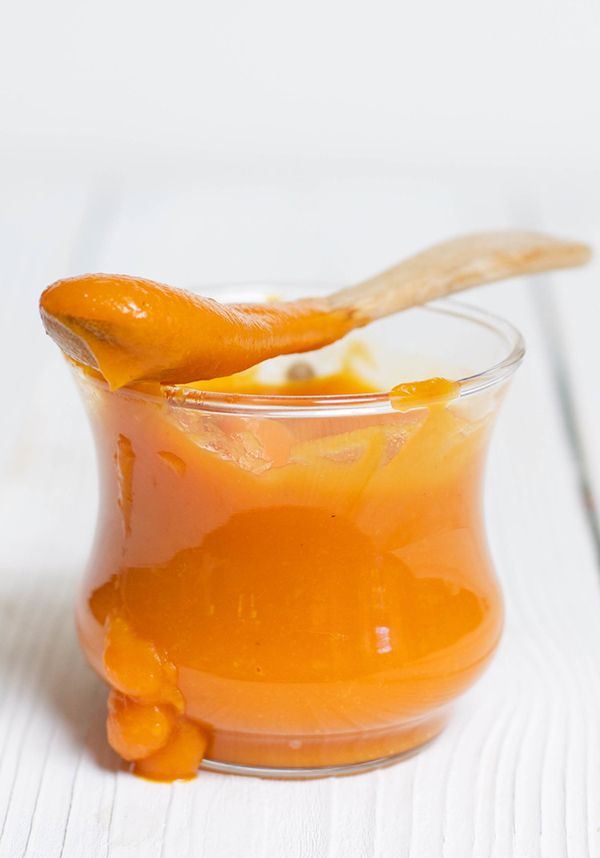 5
5
Freeze purees in ice cube trays or on a cookie sheet
Sanitize or thoroughly clean standard ice cube trays before spooning the puree directly into each cubed section. You could also cover a cookie sheet with parchment or wax paper and spoon small ‘mounds’ of puree onto the sheet to freeze.
Cover the tray with plastic wrap and place into the freezer.
Once the cubes or ‘mounds’ are solidly frozen, pop them out and store them in plastic freezer bags.
Label the bags with the type of baby food as well as the date. This allows you to use it before it expires. (Remember: store-bought fruits and veggies can be frozen for 6 to 8 months, while meats, poultry, and all home-made baby food can be frozen for 1 to 2 months).
When your baby is ready to eat, grab an individual portion of the cubes you want to use and thaw!
Ice cube trays are not only convenient, they are also incredibly helpful in portioning out homemade baby food. The cubes are roughly 1 ounce each, so you can easily measure the amount of food your baby is eating and thaw small portions at a time to reduce waste.
The cubes are roughly 1 ounce each, so you can easily measure the amount of food your baby is eating and thaw small portions at a time to reduce waste.
Do not freeze food in glass containers
Glass baby food jars (or any glass container) are not meant to be frozen. Frozen glass can burst or cause tiny fractures in the glass leaving behind microscopic shards that you may never see.Freeze baby food in safe “ok to freeze” plastic containers instead.
Consider a deep freezer if you want to store purees long-term
For best results, frozen foods should remain at a constant sub-zero temperature. A deep freezer is better equipped to handle this temperature control as opposed to your regular freezer, which may fluctuate with you opening and closing the door often.
Throw away leftover food that’s already been reheatedYou cannot reheat (or re-freeze) baby food more than once, so once you’ve thawed a frozen puree, toss any leftovers.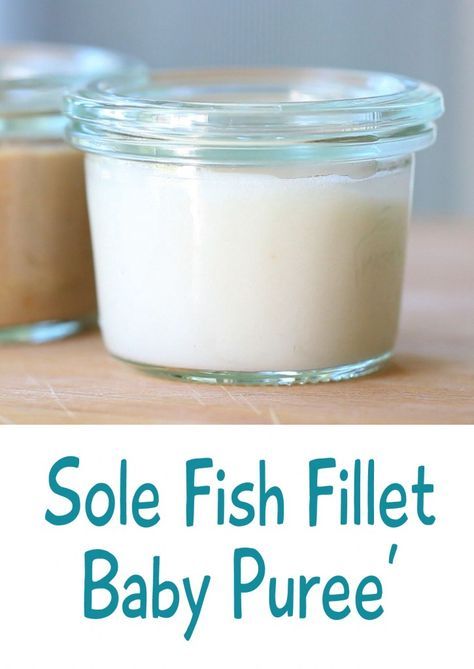 This rule also applies to breastmilk. So if you’re using breastmilk to thin out your homemade baby food purees, add the milk while it’s fresh!
This rule also applies to breastmilk. So if you’re using breastmilk to thin out your homemade baby food purees, add the milk while it’s fresh!
Read more: Safe Storage of Pumped Breastmilk
You can also use formula too thin a puree. Do not freeze formula in its original can or bottle, but once mixed into a puree it’s ok to freeze. Freezing formula causes a separation of the fats from the liquid, which may negatively impact the texture and quality.6
Let’s Chat!We know parenting often means sleepless nights, stressful days, and countless questions and confusion, and we want to support you in your feeding journey and beyond.
Our Happy Baby Experts are a team of lactation consultants and registered dietitians certified in infant and maternal nutrition – and they’re all moms, too, which means they’ve been there and seen that. They’re here to help on our free, live chat platform Monday through Friday, from 8am–6pm ET. Chat Now!
Read more about the experts that help write our content!
For more on this topic check out the following articles
How do I Choose Store Bought Baby Food?
Food Safety for Babies and Toddlers
Everything You Need to Know About How to Prepare and Store Infant Formula
Avoid Giving Your Child Too Much Sugar And Salt
Tips on Freezing and Best Containers
Learn the secrets to storing and freezing homemade baby food for ultimate freshness—AND the best baby food storage containers to use to ensure that you never waste what you make!
Baby Food Storage
Going through the effort to make homemade baby food really only works if you have a good plan for how to store the food to ensure that it stays fresh and that baby has plenty of opportunities to enjoy it.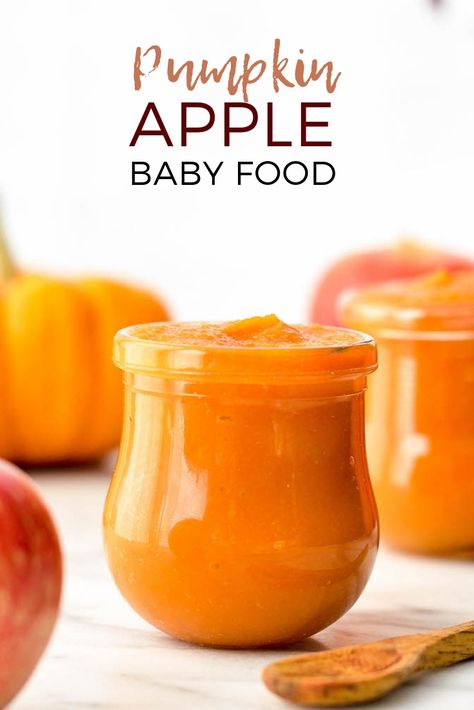 After making a LOT of baby food for my third kiddo to send with him to daycare, I got into a good routine of making and storing baby food—both in the fridge and freezer. Here’s how you can do it too.
After making a LOT of baby food for my third kiddo to send with him to daycare, I got into a good routine of making and storing baby food—both in the fridge and freezer. Here’s how you can do it too.
TIP: You can find my favorite baby food recipes here.
Homemade Baby Food Storage: In the Fridge
You can store baby food in the fridge in airtight containers for up to 3 days. You can use masking tape and a Sharpie to label the containers with the contents and the date if you have a hard time keeping track of when you made something. (It’s definitely helpful to do that!)
Best Baby Food Storage Containers
I have a four favorite baby food storage containers that I use regularly.
1. Wean Green Baby Food Cubes
These are small, incredibly durable, and made from glass. They’re easy to clean and last forever. (Seriously, I’ve been using the same set for 7 years and they’re still as good as new!) $19.99 for a set of 4
2.
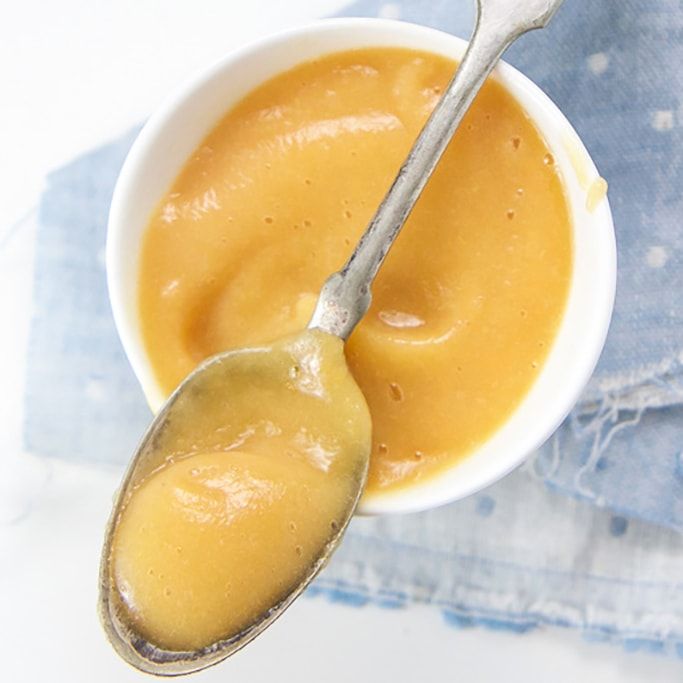 Easy Lunchboxes Mini Dippers
Easy Lunchboxes Mini DippersThese small containers are a perfect size for 1-2 frozen baby food cubes and they’re my go to for packing food for a baby to take to daycare. They also nest nicely when stored in the cabinet. $7.95 for a set of 8
3. Beaba Food Storage Containers
I have two sets of these and I use them regularly for larger amounts of baby food (you could probably fit 4 cubes of frozen food) and for toddler snacks. When assembled, they snap together, so they’re an easy way to stay organized. $14.95 for a set of 6
4. Oxo Tot Baby Food Blocks
This neat system is easy to keep contained in the fridge and is also made from a polypropylene body that is PVC, BPA, and phthalate free. They are dishwasher and microwave safe. $9.99 for a set of 6
Homemade Baby Food Storage: For Freezing
Storing homemade baby food in the freezer allows you to make a bigger batch at once, and then serve it to baby over the course of a few weeks or months.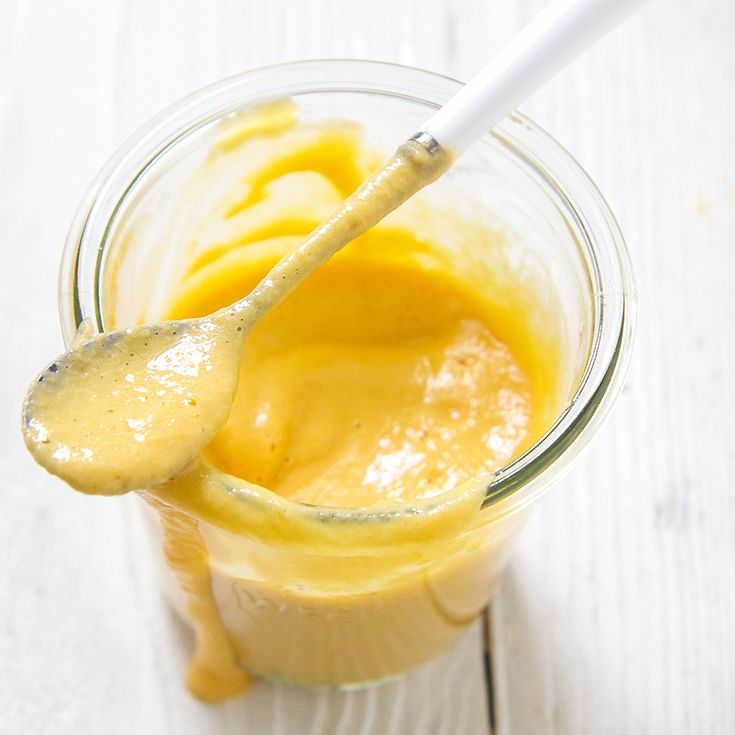 The easiest way is to use an ice cube tray, which has the added benefit of portioning out the baby food nicely.
The easiest way is to use an ice cube tray, which has the added benefit of portioning out the baby food nicely.
TIP: Any ice cube tray will do. You can use silicone ice cube trays if you prefer a non-plastic option.
Baby Food Storage Without An Ice Cube Tray
If you don’t have an ice cube tray or you’d just rather not use one, you can place a predetermined amount of baby food into a pint-size freezer bag. Remove as much air as possible, press flat, and seal. Place flat in the freezer to freeze. Then you can thaw the entire bag in the fridge overnight, or break off a portion of it to thaw.
How to Store Baby Food in the Freezer Step by Step
- Place baby food into each compartment of the ice cube tray, or fill as many as you need to with the amount of baby food you have.
- Cover (if your ice cube tray has a cover) and freezer for 4-6 hours or overnight.
- Pop out frozen cubes and transfer to freezer storage bags. Label as desired with the type of baby food and the date.

- Store in the freezer for up to 3 months.
TIP: I like to have a bag of sweet fruit purees and more savory vegetable purees to avoid having too many separate bags in the freezer at any given time. Then you can combine them into baby food combinations easily!
How to Thaw Baby Food
To thaw baby food, simply remove a cube (or as many as you need) and place into airtight containers. Thaw overnight in the fridge and serve. 1 cube may be plenty for a baby aged 6-7 months and older babies may enjoy two cubes.
Tips for the Best Baby Food Storage
- Keep fresh baby food in an airtight container for up to 3 days in the fridge.
- Use a regular ice cube tray to freeze, a silicone ice cube tray with a lid, or a small freezer bag with the contents pressed flat.
- Store frozen baby food in a freezer storage bag in the freezer for up to 3 months.
- To avoid freezer burn, try to remove as much air as possible from the storage bags.

- Label your bags with the contents and the date.
- To thaw baby food, simply remove a cube (or as many as you need) and place into airtight containers. Thaw overnight in the fridge.
- Use leftover baby food to flavor yogurt, baby oatmeal, baby rice cereal, smoothies, or cottage cheese.
- See some of my favorite Baby Food Pouch recipes here for more ideas on how to serve your baby food!
I’d love to hear your feedback if you have another storage technique or container that you love, so please comment below!
How much and where to store baby food in jars?
Some manufacturers write detailed storage guidelines for sealed and unopened baby food right on the label. These rules must be observed, even if they differ from the rules for storing similar products from other manufacturers. If there is no detailed instruction, use the following recommendations.
Once again, we remind you that even unopened packaging must be stored in a dark, cool place.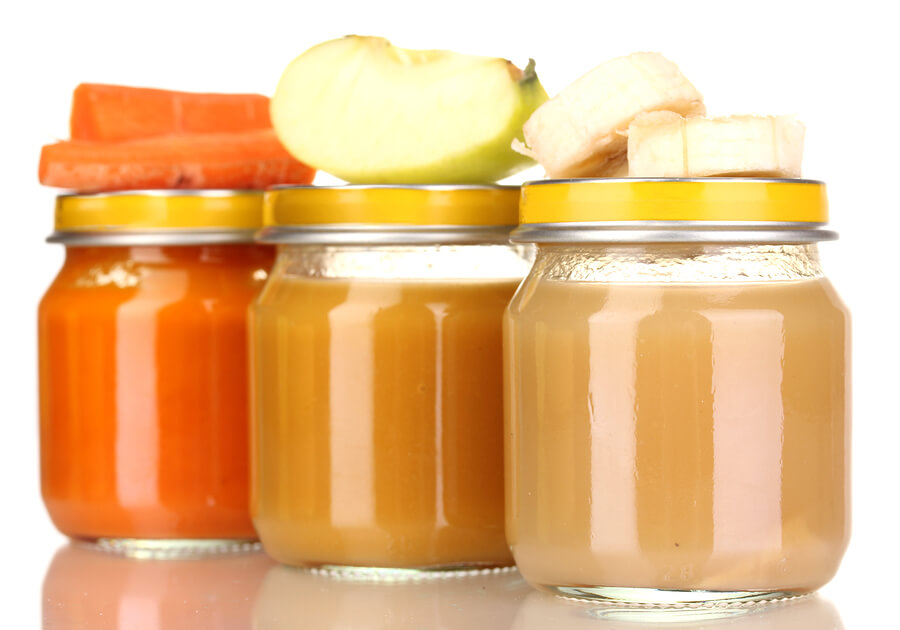 At temperatures above +25°C, products may deteriorate even in their original packaging.
At temperatures above +25°C, products may deteriorate even in their original packaging.
Porridges for dilution:
- The main enemy of dry mixes and porridges is moisture. Therefore, always make sure that the spoon for the porridge set is absolutely dry, and the bag itself is tightly closed after use;
- Try to let out as much excess air as possible before closing, so that moisture from it is not absorbed into the product;
- Keep the opened bag of porridge in a dry place at room temperature. There is no need to store cereals in the refrigerator, they quickly become damp and spoil there;
- Ready diluted porridge can be stored for no more than an hour or two. An opened package can be stored for 2-3 weeks (see manufacturer's instructions). But if after a few days you notice that the powder has become damp, lumps are noticeable in it - throw it away. Even if the product looks normal, but was opened more than three weeks ago, it is dangerous to feed it to a child.
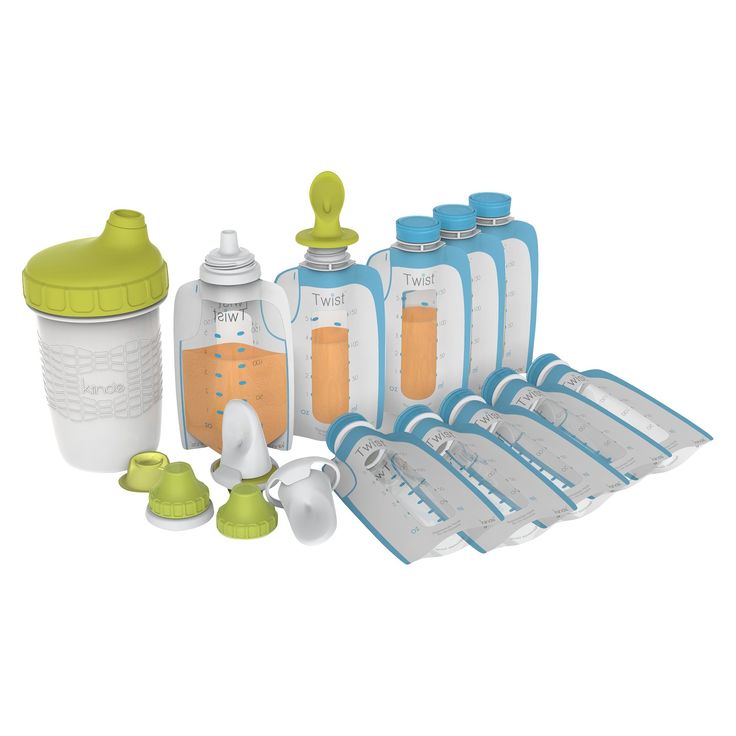 You can use leftovers in adult homemade cakes.
You can use leftovers in adult homemade cakes.
Choose cereals for your baby
Industrial purees
An unopened can can be stored at room temperature in a dark place. An opened jar of fruit and vegetable puree will live in the refrigerator for no more than a day, and only if you follow simple rules.
Select baby puree
Do not bottle feed your baby. Put the desired portion with a clean spoon into a separate container, close the jar with the rest and put it in the refrigerator. Reheat reserved food if necessary. You don't need to heat the whole jar.
If you fed your baby directly from a jar, the shelf life of such puree is only a few hours even in the refrigerator, since the baby's saliva and bacteria got into the food on the spoon.
Important!
The shelf life of meat puree after opening is only 24 hours, subject to the same rules. If you bought puree in a metal package, be sure to transfer it to a clean, dry jar and close the lid.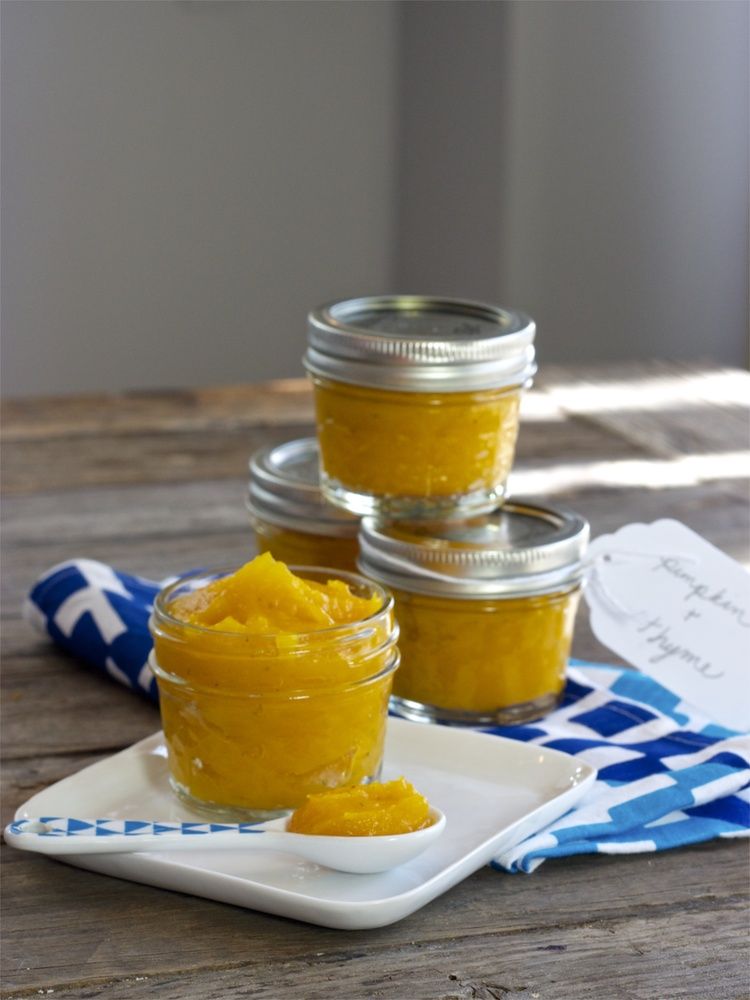 It is undesirable to store opened puree in its original packaging and it is recommended to use it immediately. Closed - store in accordance with the manufacturer's instructions.
It is undesirable to store opened puree in its original packaging and it is recommended to use it immediately. Closed - store in accordance with the manufacturer's instructions.
Homemade cereals
Same rules as for diluted cereals. In the process of cooking, the porridge is ground with a blender and rubbed through a sieve. At this time, microorganisms get into the porridge from the air, so you can’t store such porridge for a long time.
Home-made puree
It is possible to increase the shelf life if the finished puree is poured into small sterilized containers, covered with cling film and immediately placed in the freezer. At -18°C, this puree can be stored for up to three months.
Important!
The finished product is stored in the refrigerator for no more than 6 hours, as bacteria have probably got into it during cooking. Do not freeze starchy puree (with potatoes, peas), as starch is destroyed during freezing.
Homemade fermented milk products
Made only from sterilized milk in a thermostat with sterility can be stored in the refrigerator for up to three days.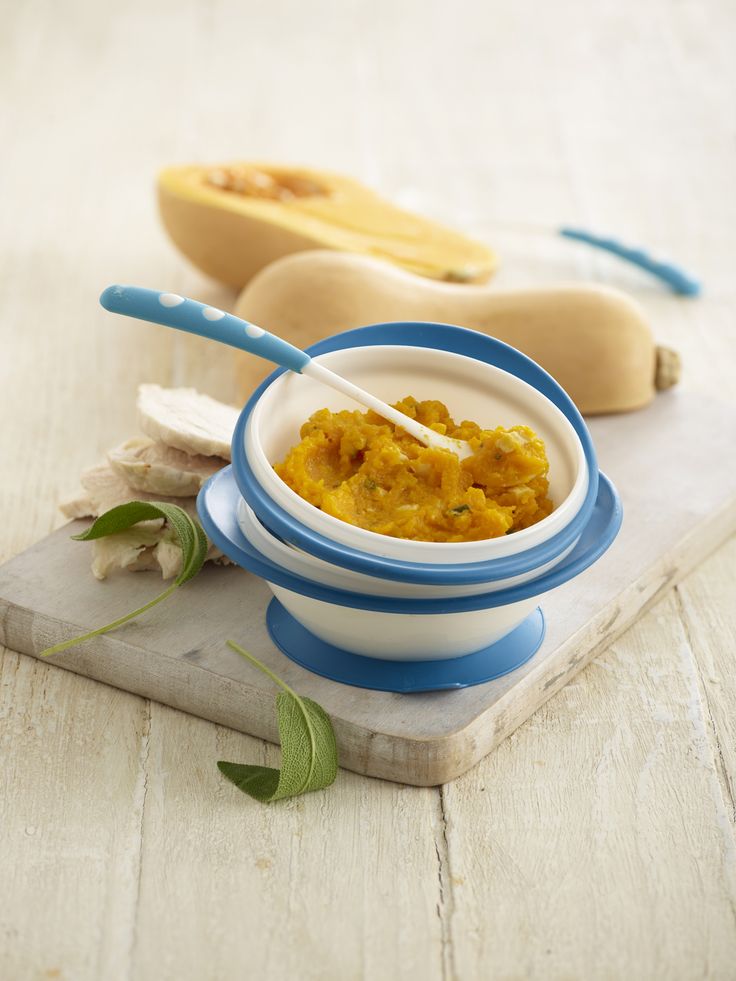 Mixed with fruits or juices, as well as additionally rubbed or otherwise in contact with air, they cannot be stored, they must be eaten immediately after preparation.
Mixed with fruits or juices, as well as additionally rubbed or otherwise in contact with air, they cannot be stored, they must be eaten immediately after preparation.
If the conditions for storing food for the baby are observed, his health will not be affected.
Packaging and storage of homemade baby food. Your baby from birth to two years
Packaging and storage of homemade baby food. Your baby from birth to two yearsWikiReading
Your baby from birth to two years old
Sears Marta
Contents
Packaging and storage of homemade baby food
Store your home-cooked meals in the freezer. Allow the food to cool slightly before freezing in small portions.
What you need to make your own baby food
• Food processor and/or blender
• Vegetable mill
• Manual coffee grinder
• Frying tray
• Vegetable Steamer
• Plowing machine (for boiling eggs without shell)
• Saucepan with lid
• Cutting board
• Heat resistant glass cups
• Potato fork and pusher
• Fine sieve
• Vegetable brush and peeler
• Measuring cups and spoons
• Sharp fruit peeler
• Ladle
• Spatula
• Grater
• Colander
Storage and freezing
• Ice mold
• Glass jars (capacity 120 ml)
• Small freezer bags
• Biscuit tray
• Waxed paper
• Adhesive tape for freezer
• Marker
• Cake tray
• With the ice cube tray, you can store baby food in ideal portion sizes for a small child.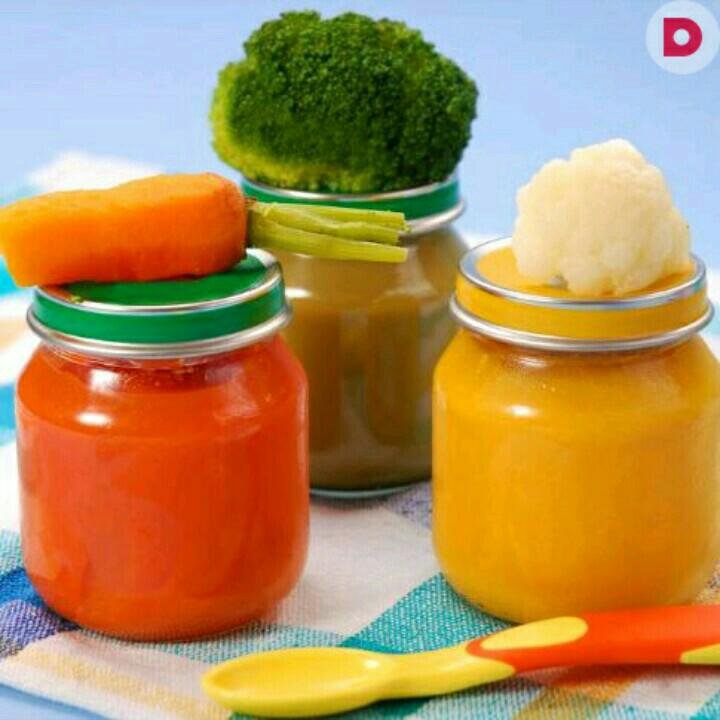 Pour a freshly prepared and mashed dish into the mold, cover with plastic wrap and place in the freezer.
Pour a freshly prepared and mashed dish into the mold, cover with plastic wrap and place in the freezer.
• Once the cubes are frozen, remove them from the mold and store in airtight freezer bags. You can then take out one cube at a time to serve as a whole serving when needed.
• Cookie-sized portions serve as an alternative to convenient serving cubes. On a cookie sheet lined with waxed paper, spread tablespoons with a slide of baby food puree crushed to a consistency or slices of a boiled product - in rows. Freeze until firm. Remove the "cookies" from the baking sheet and put them in the freezer in hermetically sealed bags.
• When your child grows out of cube or cookie sized servings, store food in reusable commercial baby food jars, small jam jars, or single serving plastic containers. Never fill jars to the brim as food expands when frozen.
• Label each container with the date and ingredients, and place freshly frozen food behind previously frozen food, as they do in supermarkets.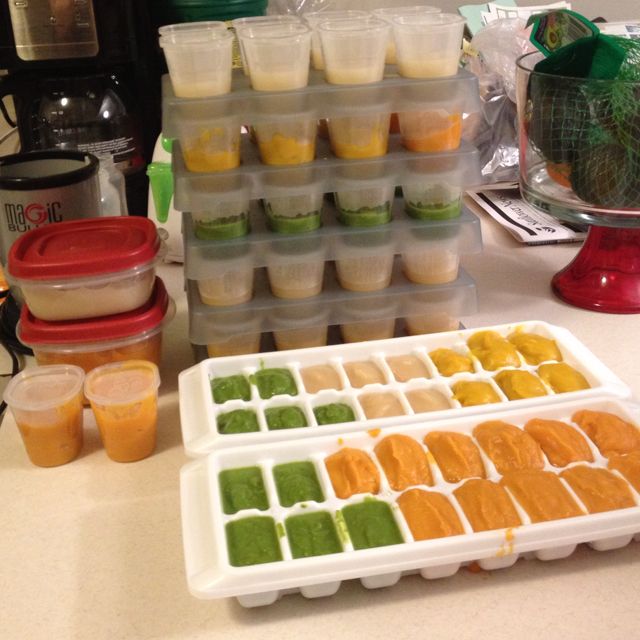 Homemade baby food can be stored in the freezer for up to three months.
Homemade baby food can be stored in the freezer for up to three months.
This text is an introductory fragment.
The theme of the week is "Food"
The theme of the week is "Food" Lesson 12. Treat the mouse with cheese (Drawing with colored pencils) Purpose. To teach children to draw semicircular objects with colored pencils and carefully paint over them. Enrich your vocabulary. Cultivate responsiveness and
How to maintain food hygiene
How to maintain food hygiene During pregnancy, the load on the immune system increases significantly and you become more vulnerable to infections. That is why you need to exercise reasonable care when preparing food. Of course, a common sense approach to hygiene
Technical innovations for the household
Technical innovations for the household The skill of being open to new things is clearly manifested in mastering the achievements of technical progress. Do you need an iPad? Should I buy a DVD player for my car? What cartoons to watch a child? When and how to teach children how to use a computer?
Do you need an iPad? Should I buy a DVD player for my car? What cartoons to watch a child? When and how to teach children how to use a computer?
The importance of good nutrition
The importance of proper nutrition • The expectant mother needs good nutrition, which includes all the vitamins and minerals necessary for her and the fetus. An unbalanced diet during pregnancy can lead to:? gestosis (serious complications of pregnancy,
Power mode
Diet • Food should be fresh and look appetizing. • It is very important that meals take place at the same time. Then you will be able to ensure a regular supply of nutrients to build the growing tissues of the fetus, uterus, mammary glands, amniotic
Manufactured baby foods
Industrial baby food products What applies to commercial baby food products for infants • Canned fruit, vegetable and fruit and vegetable juices and purees. • Dry instant cereals and
• Dry instant cereals and
Success in studies is in doing homework. How to help a teenager
The success of your studies is in doing your homework. How to help a teenager Many parents are rather frivolous about how their child does homework. If in the first grades you spent hours bending over notebooks with him, now that your son or
A man is a protector, a woman is a homemaker?
A man is a protector, a woman is a homemaker? Is being a boy easy? How about a girl? “Provocative headline,” you say. “Yes,” I will answer. My experience is that sometimes it's easier to be a boy and sometimes it's easier to be a girl. Let's start with
Cord blood stem cell storage
Storage of cord blood stem cells When a baby is born, stem cells can be harvested from the umbilical cord.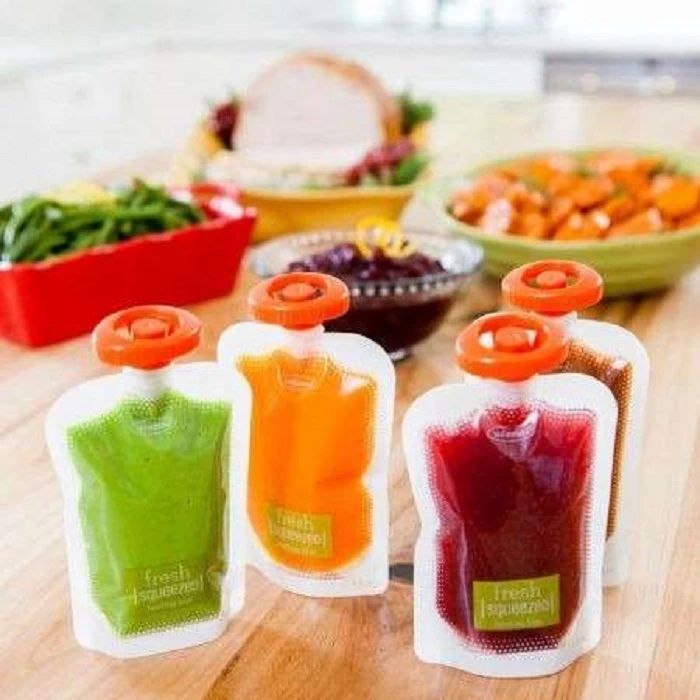 Stem cells are immature white blood cells that are abundant in the blood of the fetus and newborn. As the child grows and develops, these stem cells mature
Stem cells are immature white blood cells that are abundant in the blood of the fetus and newborn. As the child grows and develops, these stem cells mature
Auxiliary power systems
Auxiliary power systems Such a system consists of a plastic container that contains expressed breast milk or artificial formula, to which a tube is connected that brings milk to the baby. The system hangs on a cord around the mother's neck and is positioned between her
Storage and transportation of this "liquid gold"
Storage and transportation of this "liquid gold" Stocking nature's most valuable food is an investment in your child's future nutrition and health, especially as a backup when you return to work, in case of a serious illness, or for any
Storage of expressed milk
Storage of expressed milk Reusable items used for expressing and storing milk must be clean and sterilized. Rinse all milk containers, bottles and accessories with cold water and then wash thoroughly with hot water
Rinse all milk containers, bottles and accessories with cold water and then wash thoroughly with hot water
Making your own baby food
Making baby food with your own hands Good nutrition, or lack thereof, can have an impact on your child's health and behavior. It's worth spending a couple of hours a week preparing meals for your child. You know what it's made of and you can cook
Defrosting and serving baby food
Defrosting and serving baby food Frozen food should not be thawed at room temperature for a long time. When it's time to use frozen baby food, try these tips: • For a slow
Safety bag and diaper bag
Safe pouch and diaper packaging Handbags and diaper bags are a common source of childhood poisoning and injury.